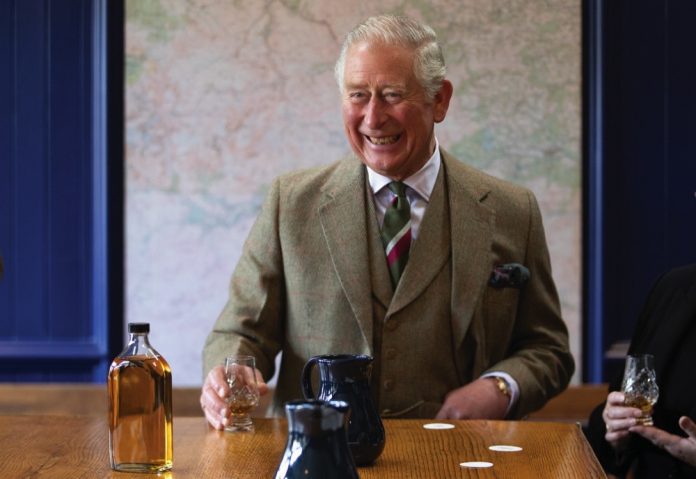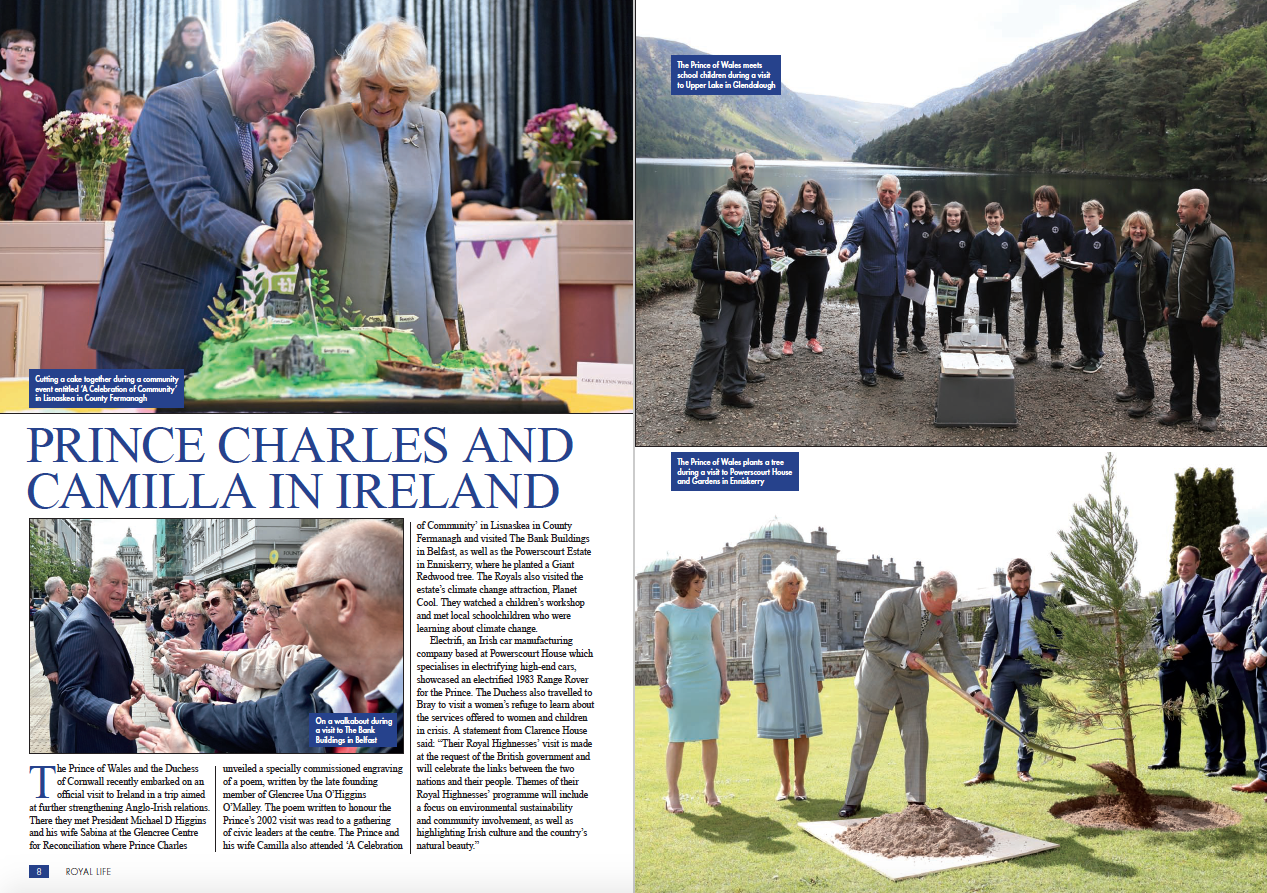
The Duke of Rothesay will Visit Shetland
Saturday 27th July
The Duke of Rothesay will visit Old Scatness Broch and Iron Age Village to tour the site, meet representatives from the Shetland Amenity Trust and hear about some of their initiatives, including Shetland Wool Week and a ‘Redd Up’.
His Royal Highness will meet representatives of the Shetland Wool Week, which is celebrating its 10th anniversary this year, and will hear about the plans for this year’s event. Shetland Wool Week, which uses The Duke of Rothesay’s ‘Campaign for Wool’ as inspiration, was launched in 2009 to promote and celebrate the Shetland wool industry and its heritage.
The Duke will then tour the Old Scatness Broch and Iron Age Village and will hear about the excavation works and the history of the site. His Royal Highness will visit a reconstructed Roundhouse.
His Royal Highness will then visit a local beach where a ‘Redd Up’ (Clean Up) will be taking place.
Shetland Amenity Trust
Shetland Amenity Trust strives to preserve and enhance Shetland’s cultural and natural heritage. The Trust was created in 1983 and has since delivered an extensive range of heritage and culture projects, in partnership with a range of local, national and international agencies.
Shetland Wool Week
Shetland Wool Week is a celebration of Britain’s most northerly native sheep, the Shetland textile industry and the rural farming community on these islands. Shetland wool is a world class natural fibre, with a long standing reputation for quality, strength and excellence from the fleece to the textile products.
Since its conception ten years ago, Shetland Wool Week has grown into an internationally acclaimed event. This year there will be over 400 events with an extensive range of exhibitions, classes, tours and experiences, which will cover many different subjects. These will include; weaving, spinning, dyeing, Fair Isle and lace knitting, croft tours and spinning mill tours. The event, which is run by Shetland Amenity Trust, has grown to an extent that nearly 900 people will be attending this September, approximately 75% of these from overseas.
The Campaign for Wool
The Campaign for Wool is a global endeavour initiated by its Patron, His Royal Highness The Prince of Wales, in order to raise awareness amongst consumers about the unique, natural, renewable and biodegradable benefits offered by the fibre.
The Prince of Wales launched the Campaign for Wool in January 2010 as an initiative to expand the market for British and Commonwealth wool and promote awareness of its environmental benefits. On hearing about the low prices British farmers were receiving for their wool, The Prince of Wales convened a group of representatives from the fashion and interior design industries to see what could be done.
Since its launch, The Campaign for Wool has influenced a new demand for wool on an international scale, and its efforts have seen an outstanding threefold increase in the price farmers receive for their wool.
Old Scatness Broch & Iron Age Village
Old Scatness Broch and Iron Age Village is one of the best examples in the world of an Iron Age site. Along with two other sites in Shetland, Jarlshof and Mousa, it is now on the UK tentative list for UNESCO World Heritage Status as the ‘Zenith of Iron Age Shetland’.
Lying undiscovered for hundreds of years, Old Scatness Broch and Iron Age Village was hidden from the world under grassy mounds near Sumburgh Airport. During the construction of an access road for the airport in 1975, a digger cut into one of these mounds and made the remarkable discovery. At first a Broch emerged, a structure now believed to date to between 200-400BC. The road was re-aligned to protect the structure and it wasn’t until some twenty years later that excavations of the site began.
Excavations were led by Shetland Amenity Trust through an ‘Access to Heritage’ project which aimed to excavate the site to the highest possible standard, whilst breaking down perceived academic barriers of archaeology. Local volunteers were involved in the excavation and took the opportunity to train alongside students from the University of Bradford. The unparalleled remains of an Iron Age drystone village emerged, including a broch and domestic roundhouses and later Pictish wheelhouses. Reconstructions have been built on site representing the Roundhouse and Wheelhouses that were discovered and the site has been open to the public every summer since, engaging new generations and visitors in this incredible find.
Da Voar Redd Up
‘Da Voar Redd Up’, meaning ‘The Spring Clean Up’, has been running since 1987. It is a mass participation clean-up of Shetland’s beaches and roadside verges that happens every Spring, and increasingly in between. Over 4,500 people participate in the Redd Up each year, amounting to approximately 20% of the Shetland population, making it the largest participatory beach clean in the country.
The Shetland Amenity Trust has been running Da Voar Redd Up since its inception and it is supported by the ‘Dunna Chuck Bruck’ – ‘bruck’ being the Shetland word for litter. Over 104,500 people have participated since it began and have collected nearly 2,000 tonnes of litter.
Catch up on Prince Charles and Camilla’s most recent engagements in the latest issue of Royal Life.










